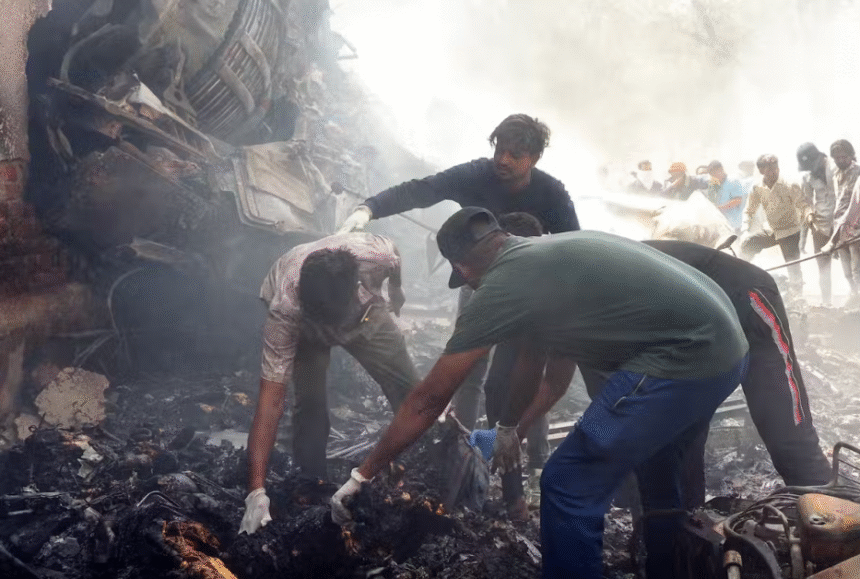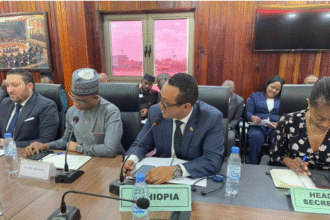By Mario Labrador
Ahmedabad, India – More than 260 people are dead after an Air India flight crashed shortly after takeoff from Ahmedabad in northwest India on Thursday afternoon. Flight AI171, a Boeing 787-8 Dreamliner bound for London with 242 people on board, went down approximately 1.5 kilometers from the runway, impacting a college hostel. Tragically, only one passenger, a British man, survived the devastating crash.
The incident, which occurred less than a minute after takeoff, has sent shockwaves through the aviation community. An aviation safety expert, speaking anonymously, expressed a sense of disbelief, stating, “It is hard to avoid a sense of disbelief that an event such as this – involving one of the most advanced passenger jets in the world, built on the lessons of many earlier accidents – could happen in the 21st century.”
Trouble After Takeoff: A Rare Occurrence
While crashes immediately after takeoff were more frequent in the past, modern aviation safety standards have made them exceedingly rare. The expert cited examples like the 1999 LAPA Flight 3142 crash in Buenos Aires, caused by improperly configured wing flaps and ignored warnings, and the “Miracle on the Hudson” in 2009, where a bird strike disabled both engines.
“The aviation industry puts a lot of resources into learning from accidents so they don’t happen again,” the expert emphasized. “LAPA Flight 3142 led to recommended improvements in pilot training and flight procedures. The rules for engine design were changed after the ‘miracle on the Hudson’.” This suggests the cause of the Air India crash may be something entirely new.
A Lone Survivor: Luck or Miracle?
The survival of one passenger amidst such devastation remains a mystery. The survivor, who was seated in seat 11A, next to an emergency exit, reportedly found himself in the front section of the plane after it “broke in half.” He then managed to escape the wreckage before it was consumed by fire and was subsequently rescued.
While research suggests seats at the back of the plane are often the safest, this individual was seated near the front. The aviation expert concluded, “Based on what we know so far, my expert opinion is that we have no better explanation than to call it luck or a miracle.”
The Investigation Begins: A Slow and Steady Process
A full investigation, following the protocol laid out by the International Civil Aviation Organization, is now underway. India’s Aircraft Accident Investigation Bureau will lead the effort, with assistance from the US National Transport Safety Bureau and the UK Air Accidents Investigation Branch, representing the plane’s manufacturer and the origin of some of the passengers.
The team will meticulously examine the crash site, analyzing material evidence and crucial data from the plane’s “black box,” including the flight recorder and cockpit voice recorder. This data will provide insights into the events leading up to the crash.
“Air crash investigations can take a long time,” the expert explained. “Typically a preliminary report will be published 3 to 6 months after the crash, followed by a final report a year or two later.”
The final report will detail the cause of the accident and propose recommendations for improvements in maintenance, pilot training, aircraft design, or other areas. These recommendations will then be disseminated globally to enhance air travel safety.
A Call for Patience and Prudence
In the wake of this tragedy, officials are urging the public to avoid speculation and allow the investigation to proceed thoroughly. “Everyone wants answers, but speculation can do more harm than good,” the aviation expert warned. The world awaits the findings of the investigation, hoping to understand the circumstances that led to this devastating loss and to learn valuable lessons that will prevent future tragedies.









